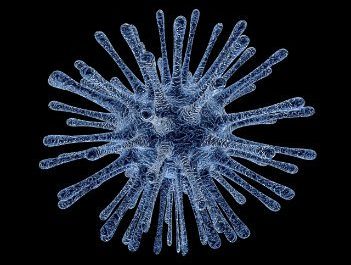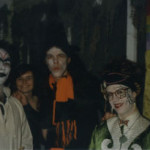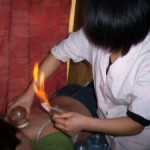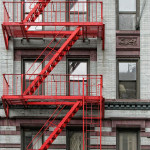The Discovery Of Legionnaires Disease
During the month of July 1976, thousands of American Legion members, along with their wives, gathered in Philadelphia. Celebrating the American Bicentennial, the Legionnaires simultaneously held their annual convention in Philadelphia. The 4,000 Legionnaires gathered at the Bellevue-Stratford Hotel for the four-day convention.
Just weeks after the convention ended, hundreds of American Legion delegates fell ill and dozens died. 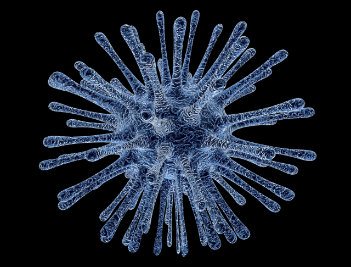 Researchers spent months investigating before discovering and isolating the cause.
Researchers spent months investigating before discovering and isolating the cause.
Learn about the disease, how researchers discovered the culprit and how it obtained the name “Legionnaires Disease.”
The 1976 Legionnaires Convention
Each year, the American Legion hosts an annual convention for members of the American Legion and their spouses. In 1976, Philadelphia played host to the Legionnaires Convention, partly because of the historical significance of Philadelphia during this year of America’s Bicentennial celebration.
As convention-goers settled into their rooms at the historic Bellevue-Stratford Hotel, the four-day long convention got underway. The Legionnaires attended meetings and events as part of the convention. They also explored Philadelphia, taking in the exciting events, sights, and sounds of the bicentennial celebrations.
After the convention, Legionnaires packed up, said their goodbyes and went home. Nothing prepared the Philadelphia office of the American Legion for the deluge of calls they received following the 1976 Legionnaires Convention. The illnesses and deaths that occurred after the Legionnaires returned home resulted in the largest medical investigation of its kind in history.
Mysterious Illness Sickens Hundreds
In the weeks that followed the convention, hundreds of Legionnaires suddenly fell ill. History reports that by August 2, “22 people were dead.” In just a short time, hundreds more suffered from pneumonia-like symptoms, with high fevers of up to 107 degrees and body aches and pains.
Physicians were totally stumped by the mysterious illness that they could not isolate. While there were some common factors such as the fact that many of the Legionnaires smoked and were older members, the age of those stricken with the mysterious illness ranged from 39 to 82 years old.
Additionally, two of the victims did not attend the convention. However, one of the victims was a bus driver who transported a group of cadets scheduled to march in the parade at the convention. Another victim worked as a teller at a nearby bank.
The Bellevue-Stratford Hotel closed down as researchers from the Centers for Disease Control and Prevention (CDC) descended upon Philadelphia. The death toll continued to climb even after epidemiologists and state health workers began investigating. More than 100 people remained hospitalized.
Discovery Of Legionnaires Disease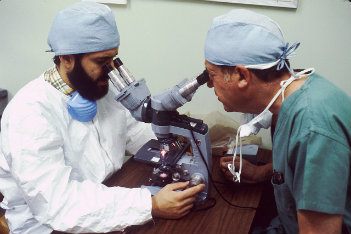
In a hurried effort to isolate the suspect bacteria, researchers and specialists quickly scanned samples in what was described as “Slides that had only been examined in five-minute bursts in the initial rush to find the cause.” Even after sending surveys to those in attendance at the Legionnaires Convention and personally interviewing some hospitalized individuals, the cause remained a mystery.
However, they did discover that several people in attendance at the International Eucharistic Conference, held shortly before the Legionnaires Convention, fell ill and three members of the Independent Order of Odd Fellows died of the same symptoms.
Extra Examination Of The Slides
Joseph McDade, a CDC microbiologist, decided to reexamine slides and other evidence. He finally isolated the suspected culprit of what the media dubbed “Legionnaires Disease” in samples taken from the air conditioning system.
The CDC made the announcement of the discovery of Legionella bacterium in January 1977. The Encyclopedia of Greater Philadelphia states that researchers reached a conclusion that similar outbreaks had occurred going back to 1965 in hospitals and large office buildings but had not been detected at the time.
The name given to the illness by the media stuck. Each year, the CDC receives new reports of confirmed Legionnaires Disease, which usually responds to antibiotic treatment.

